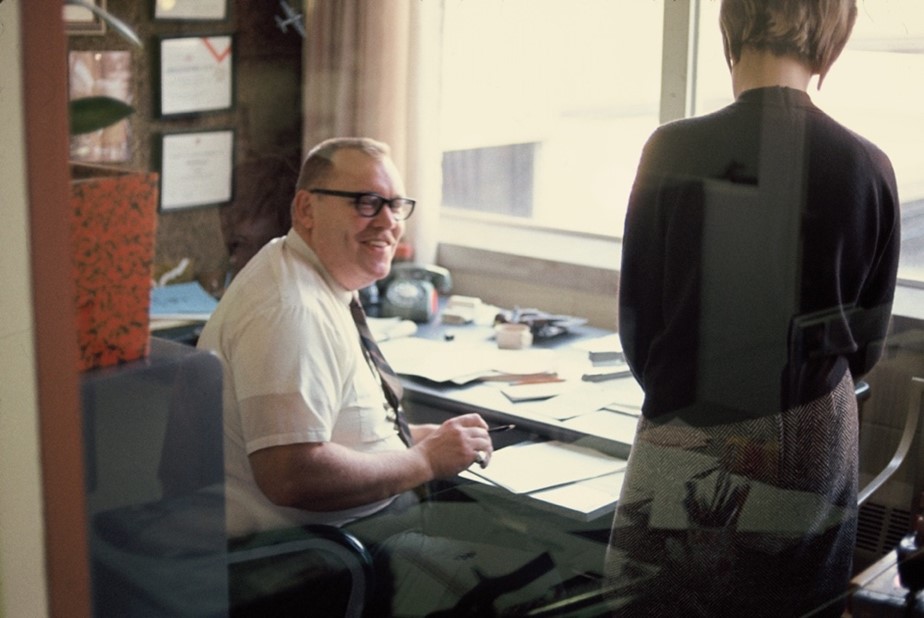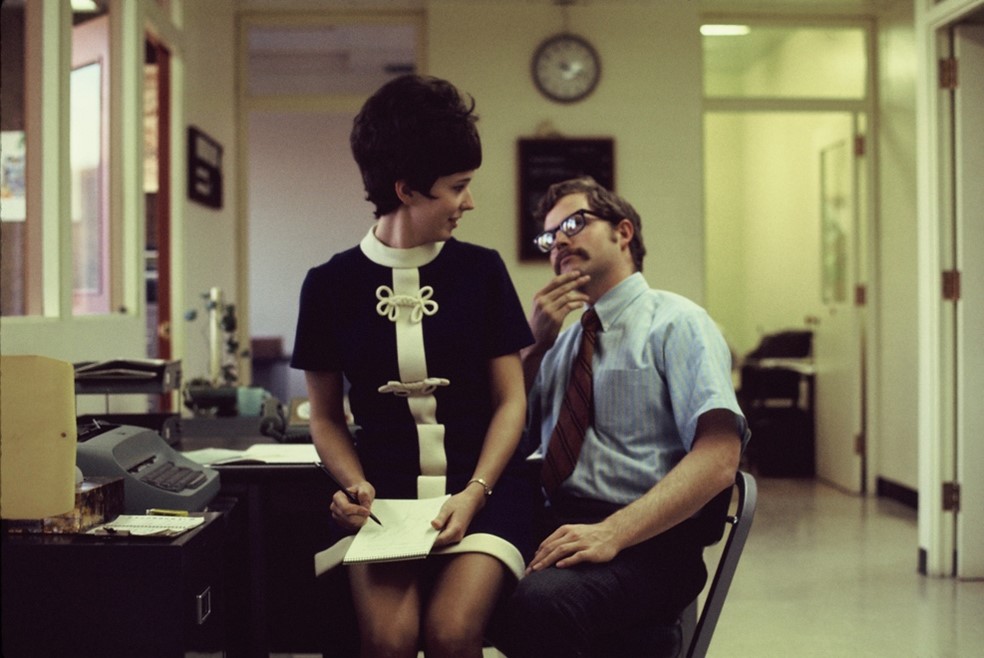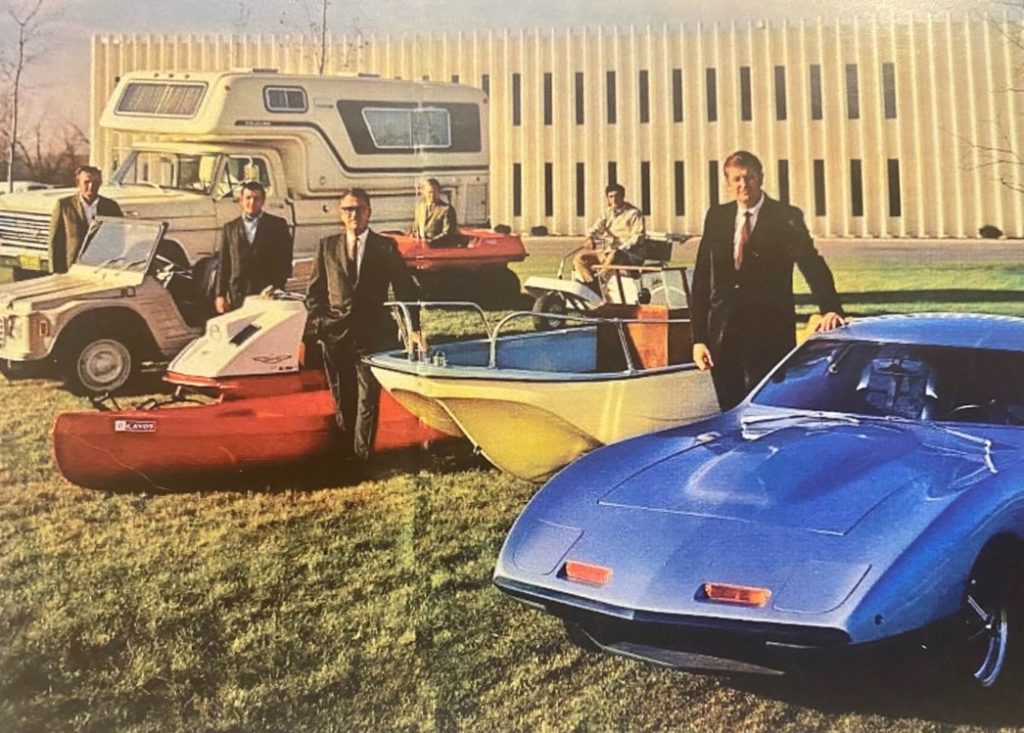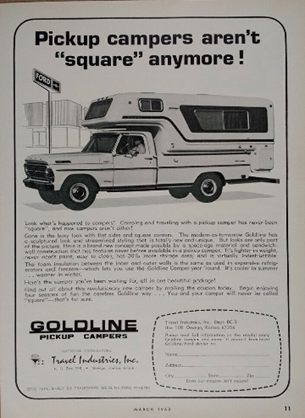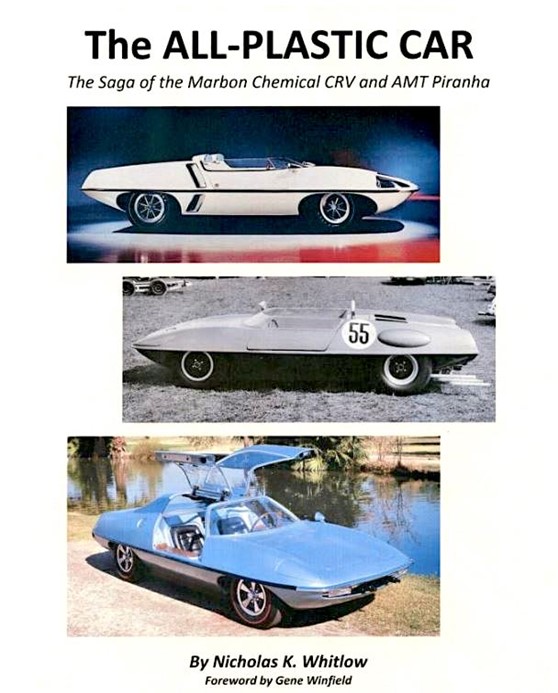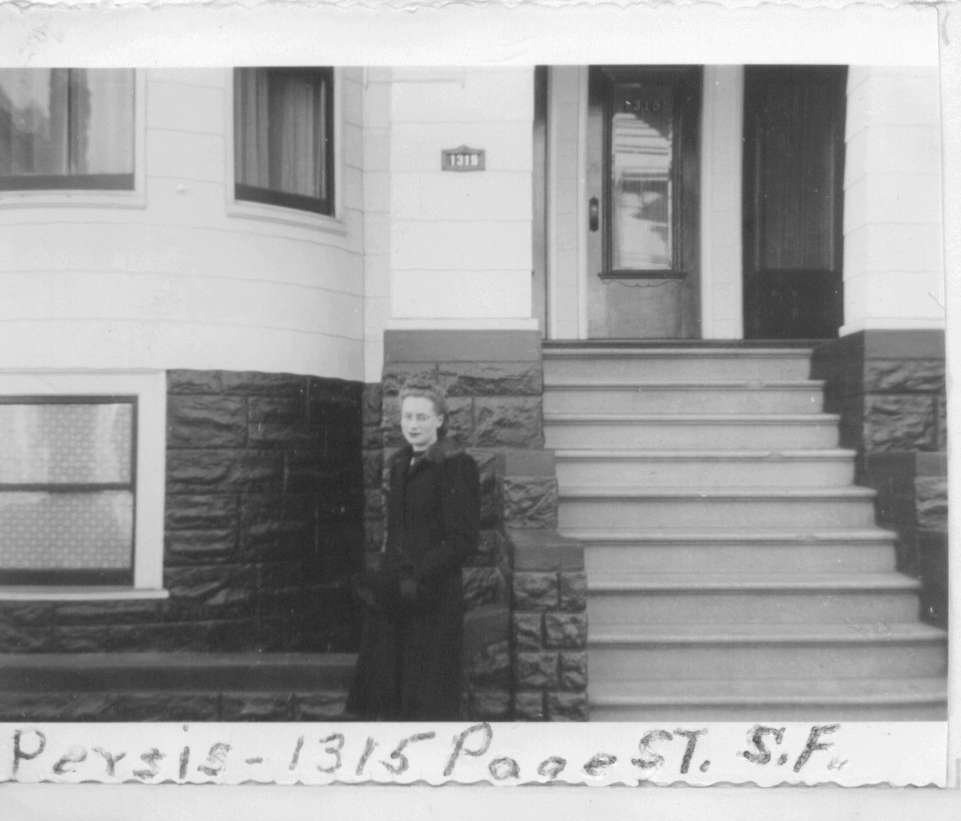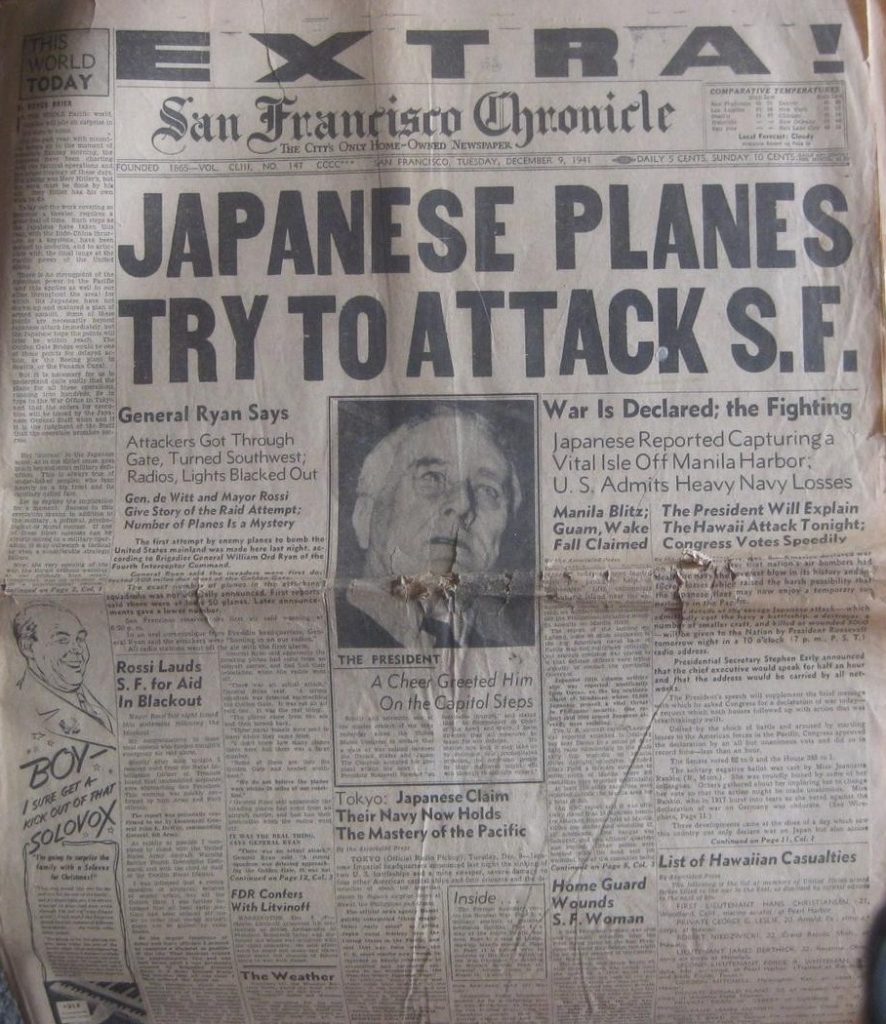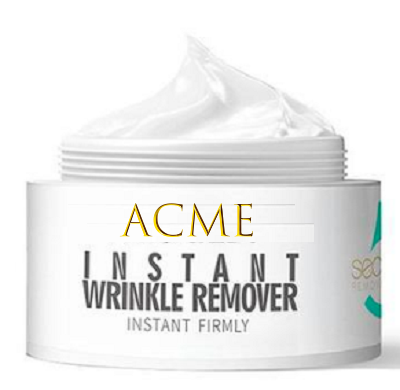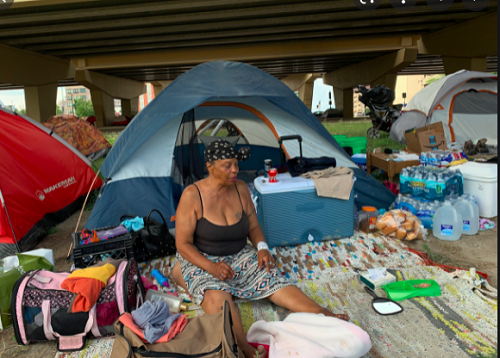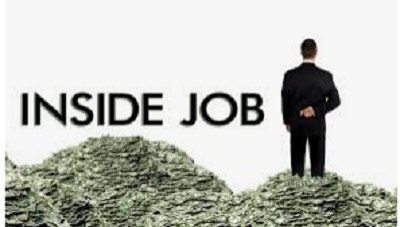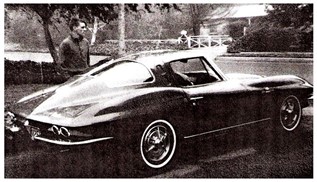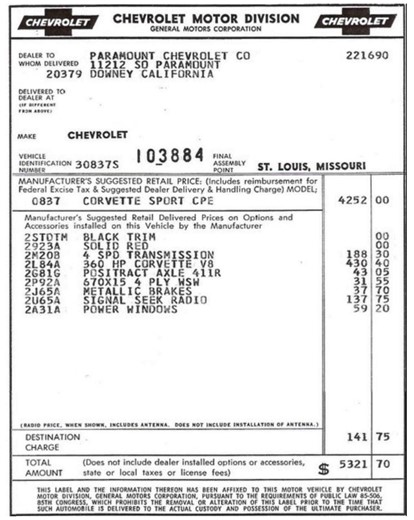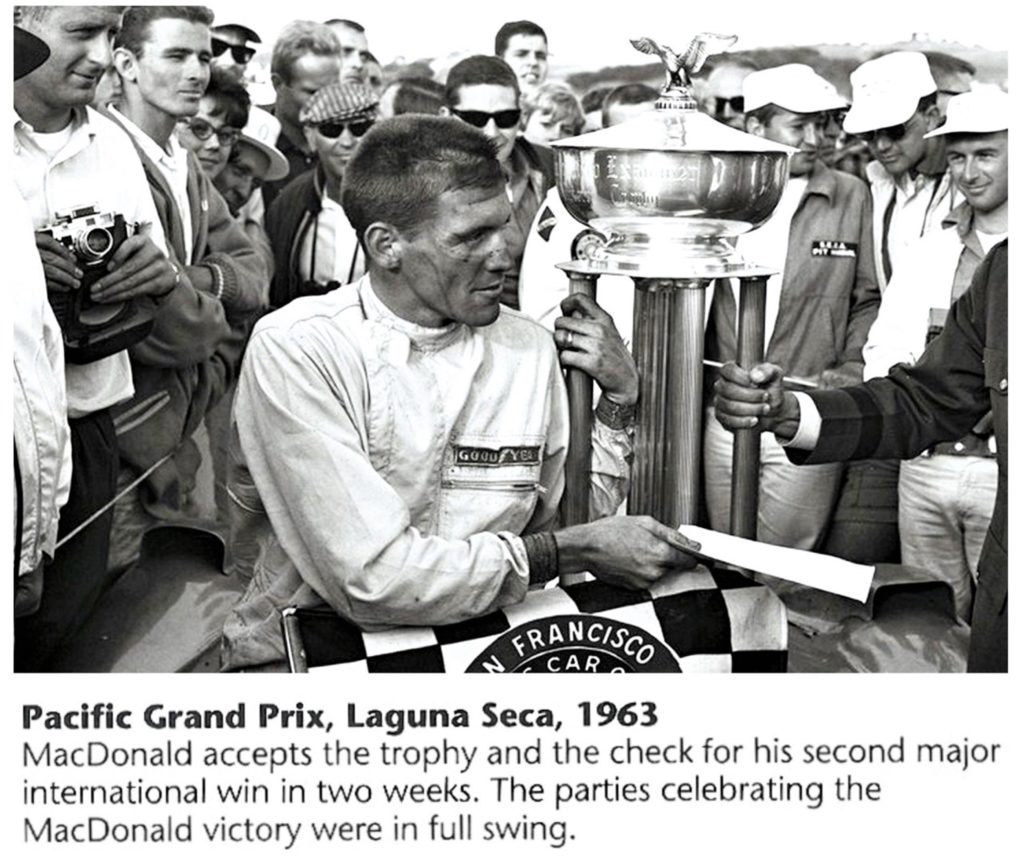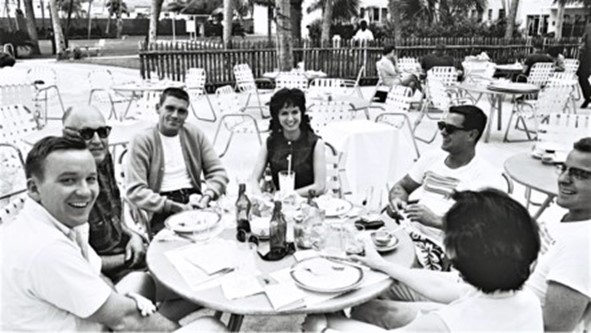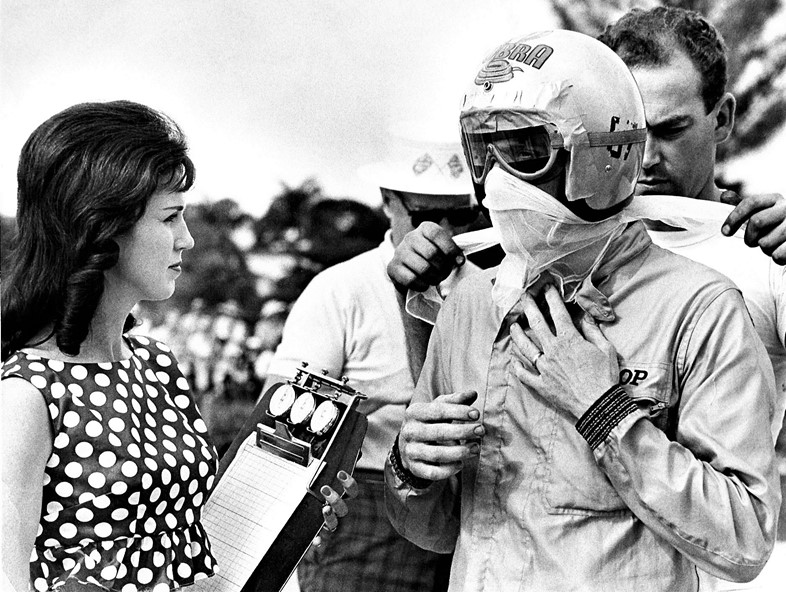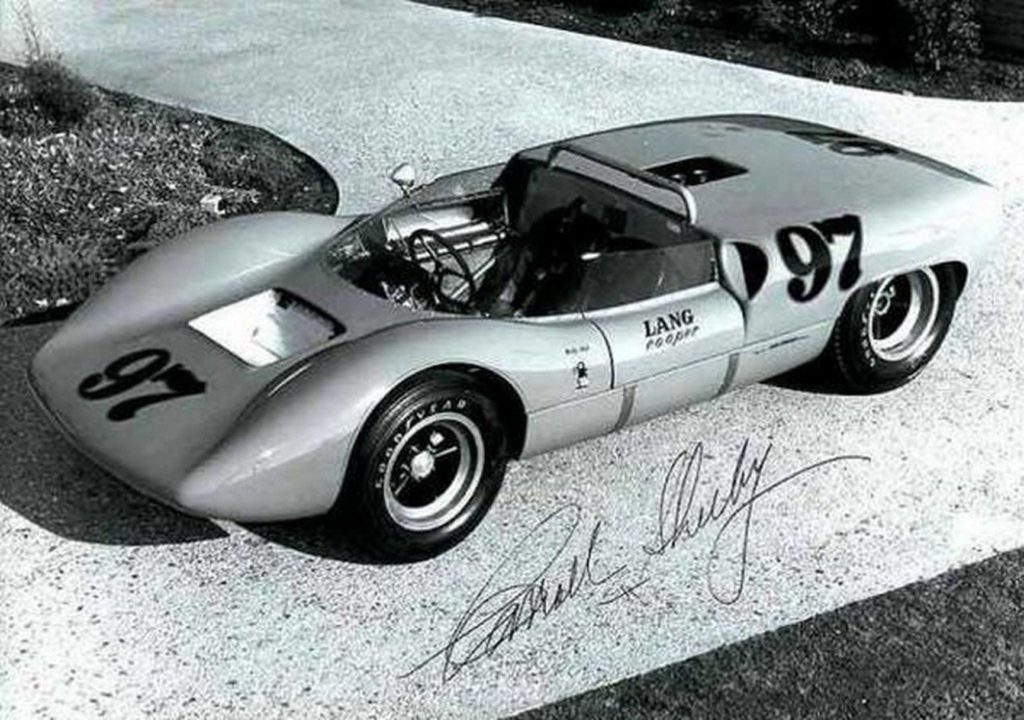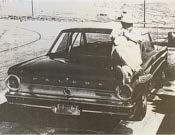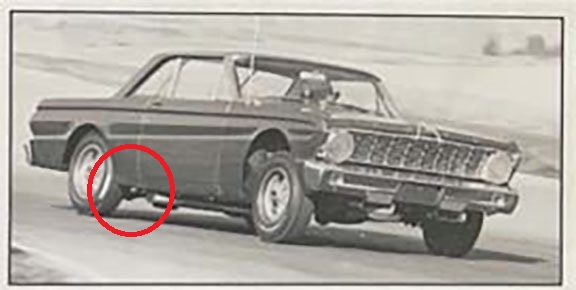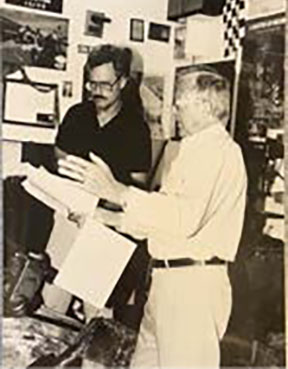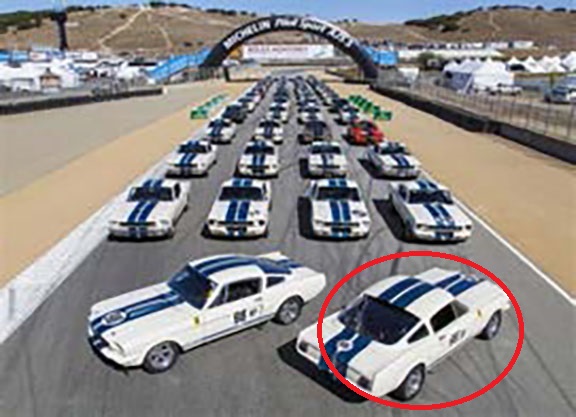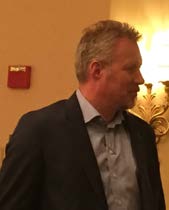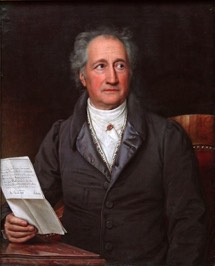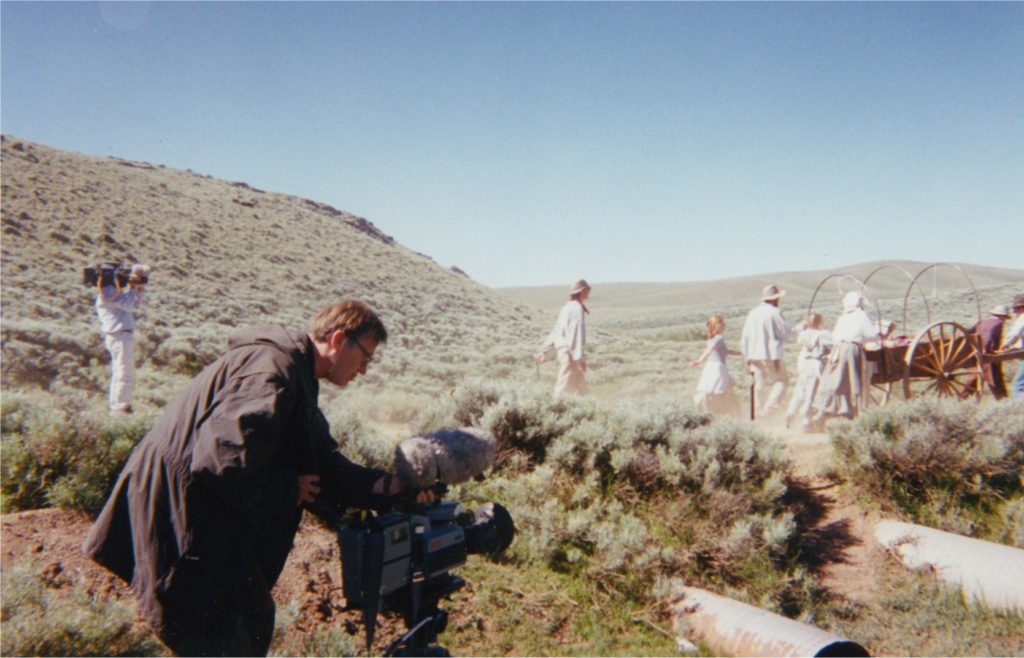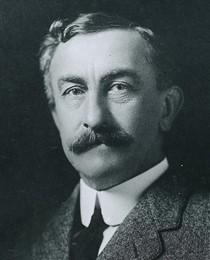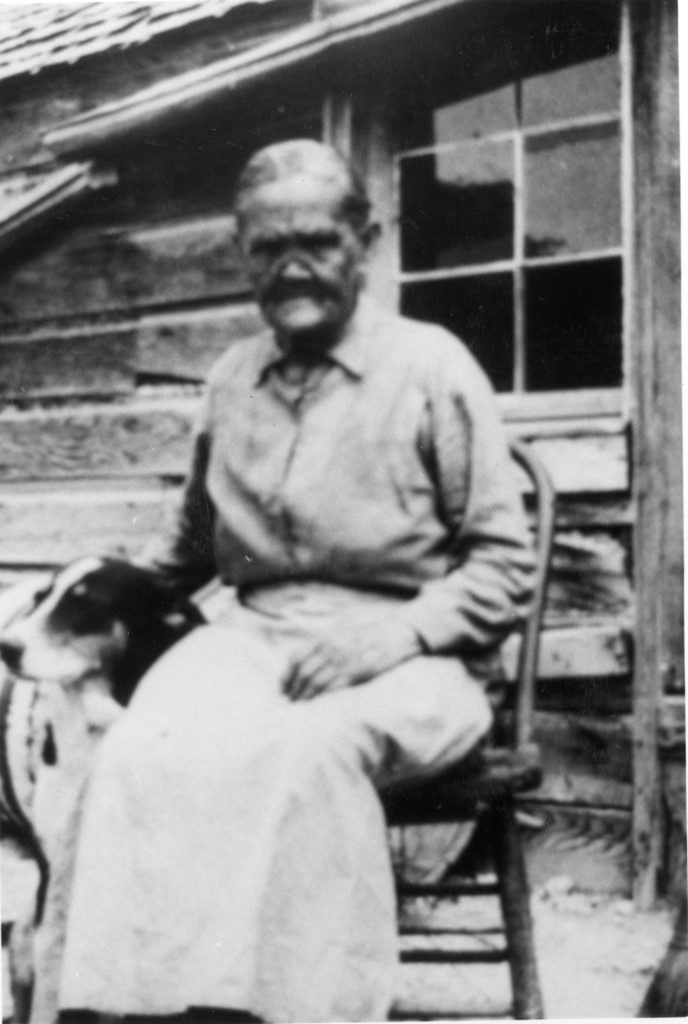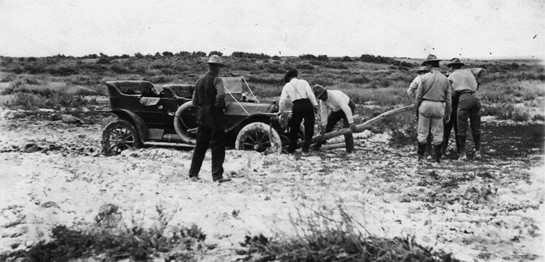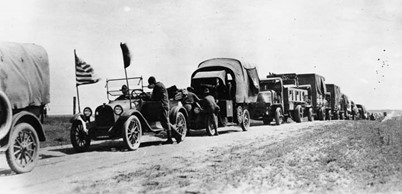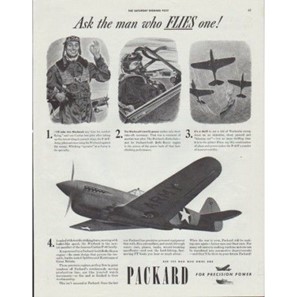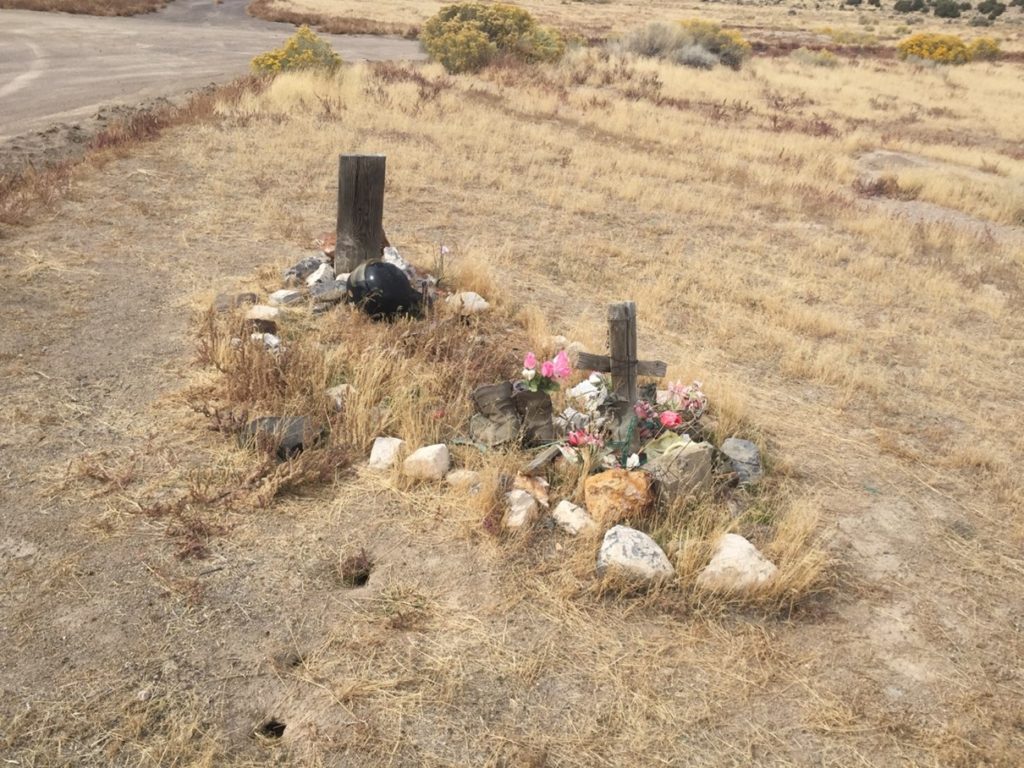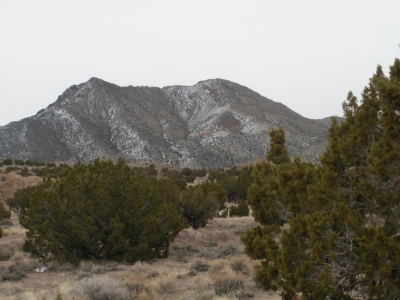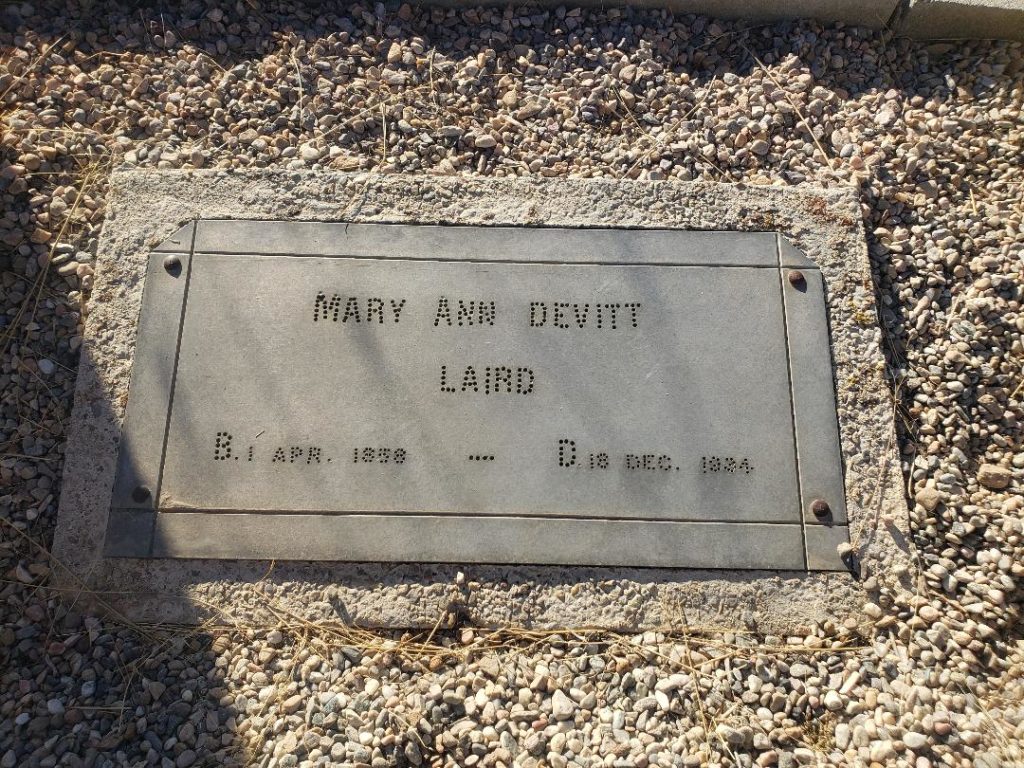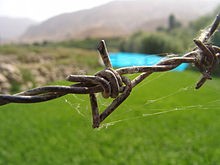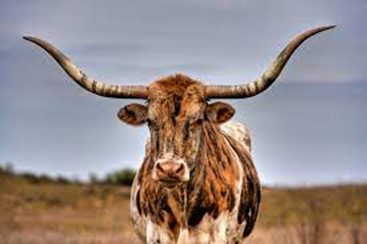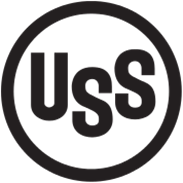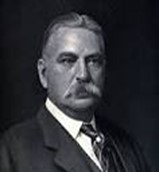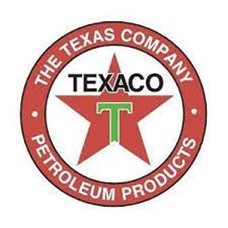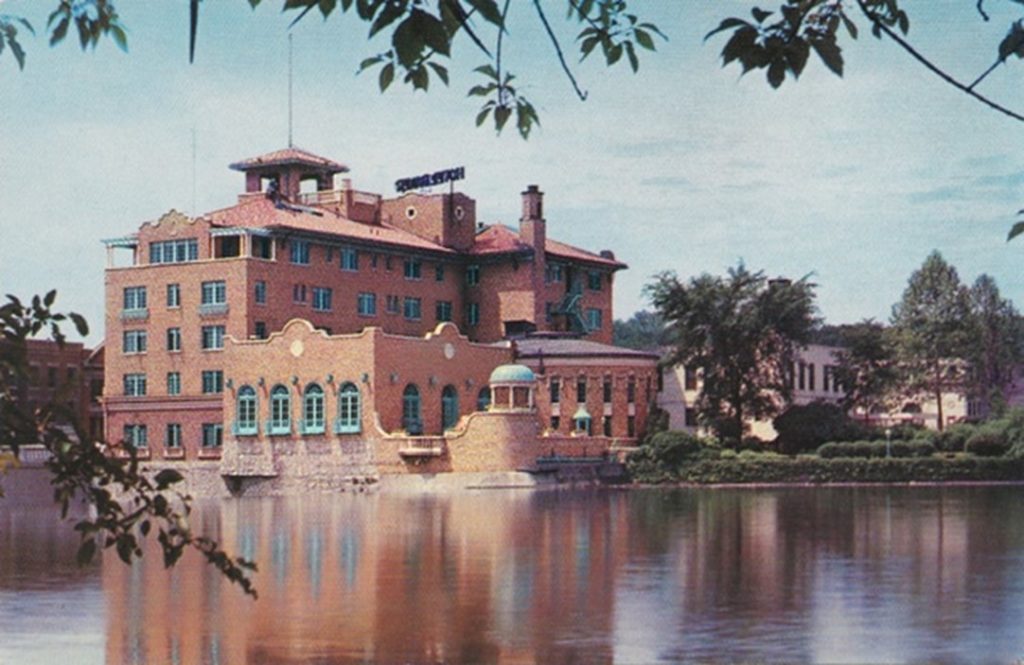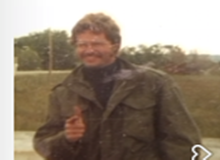Watching the Rams defeat the Bengals in the Super Bowl was great fun. Congratulations to both teams for a good game. Seeing all those million-dollar players running into each other, I couldn’t help comparing them to “the old days” when players made hundreds or thousands instead of multi-millions, and 30 years old was considered ancient.
In 1966 I was a member of Asbestos Insulators’ Union Local 35. My buddies & I spent most of that summer insulating the refrigeration system under the then-new Oakland Coliseum. Some sports marketing genius had decided the Coliseum could host football, baseball AND be an ice rink too! Apparently there was a huge, previously unidentified demand for ice skating in Oakland.
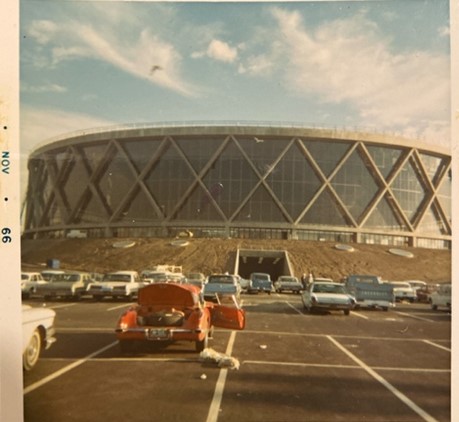
As a result the area under the field is a warren of tunnels, dead end passages and crawl spaces that carry the refrigerant necessary to chill the whole field to about 0 degrees F ….. even in the summer. Each one of those pipes had to have super insulation, and it was our job to wiggle, slide and grunt our way around to accomplish this, usually dragging a box of insulation, tape, snips, etc. behind us on a long rope. What fun!
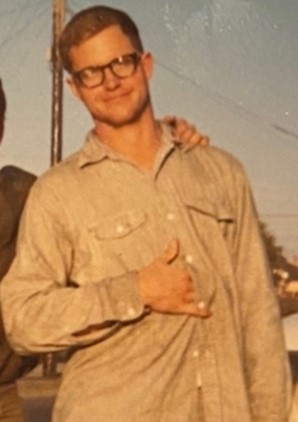
The expensive and complicated system was abandoned after a few years for lack of interest.
As a result of our subterranean navigation, we could get anywhere in the stadium, despite locked doors and gates. Monday morning after home games usually found us in the team locker room, marveling at the carnage and the bloodshed. Hunks of turf as big as saucers were common. (How did that get in here?) Puddles of dried blood, torn pieces of uniform, hair, skin, unidentifiable bodily fluids, and mud covered the floor and walls. It looked more like a slaughter house than a locker room. We’ve all heard how rough pro football is, or was, but seeing it is something else.
The stadium was known locally as “The House of Horrors” and the Raiders name was “THE EVIL EMPIRE.” The most evil of all was 6-3 255-pound Lyle Alzado, whom I once met. He was “intense and intimidating” both on the field and off.
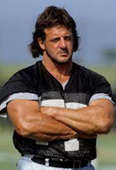
He once ripped the helmet off an opposing player and beat him with it, prompting the NFL to create a special rule outlawing the move. You would need a rule against that?
Both steroids and Human Growth Hormone (HGH) use were legal in them days, and supposedly “pain killers” and “energy boosters” were available by the handful from the team trainers, especially on game days.
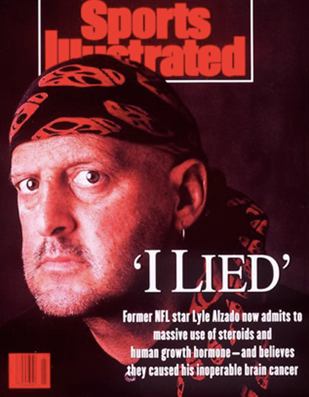
On Nov 17, 1968, the Raiders met the N.Y. Jets at the Coliseum in what became known as The Heidi Game. We’ll see why it was named that shortly.
The Jets fielded “Broadway Joe” Namath at quarterback, while the Raiders had Daryle Lamonica. Alzado lined up at defensive end, with eyes locked on Joe. John Madden (future broadcaster) was the Raiders assistant coach.
It was a cold and windy day. Some numbnut had over-watered the field and it quickly turned into a gigantic mud bath. No love was lost between these teams, and there were so many penalties that the game took almost three hours, longer than scheduled. Namath got his jaw broken (he later claimed he’d broken it on a tough piece of steak) and there is film of him getting punched in the groin during a pile up. No foul was called on either, and Joe never missed a play.
Back then your rotary dial B & W TV set had 3 channels, ABC, CBS, and NBC. NBC had sold a large block of time to Timex for a special showing of Heidi, about a young girl who lived in the Swiss Alps with her grandfather. It was very family friendly, and you can just imagine the music.
As the 7 PM start time for Heidi approached, network execs in New York were getting nervous about the game running so long (all those penalties, you know) but only the network president could bump Heidi. It was big bucks at the time.
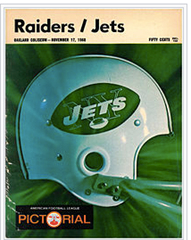
At 7 PM, the network lost their west coast feed just as the Jets kicked a field goal with less than a minute left, making the score 32-29 Jets. The switchboards at NBC started to light up. The president of NBC had finally been located in Florida, and OK’d staying with the game, but no one could get through to the west coast, as all circuits were JAMMED!
The Jets kicked off and the Raiders returned it to the Jets’ 23 yard line, called a time out, then Lamonica threw a TD pass making the score 36-32 Raiders. Some areas could get the game on radio, and things were getting really ugly. N.Y. fans even called the Manhattan Police emergency line trying to get the game back on. Sports bars across the country were being trashed. The NBC switchboard overload blew 26 times.
The Jets fumbled the kickoff return and the Raiders grabbed the ball to score making it 42–32 Raiders. They had scored two touchdowns in nine seconds!
As time ran out, the fans for both teams rushed the field in a total madhouse.
Yeah, they just don’t make ‘em like that no more. In 2005, TV Guide declared The Heidi Game one of the 10 Most Memorable Games in football history. I would love to have been in the Raiders’ locker room following the victory. After things settled down the Jets’ manager asked the Raiders’ manager if they wouldn’t mind washing the Jets’ uniforms for them, as they had a game the next weekend across the bay in San Francisco. It would save the time and money shipping laundry to N.Y. and back. “No problem … no hard feelings. Just let us know when you land and we’ll have ‘em ready for you.”

As the team plane arrived in S.F. Friday afternoon the Jets’ manager called Oakland to see about picking up the uniforms. “Uniforms, what uniforms? Never heard of that.”
The Jets had to charter a plane to bring their “home” uniforms, plus all their practice uniforms to San Fran as their white “visitors” uniforms were no more. Saturday morning practice was run with Jets wearing what ever S.F. uniforms would fit. Very confusing for the press watching the work out, as multiple players were wearing the same names. I’m sure the Raiders were rolling around laughing.
I heard recently that the City of Oakland is thinking of demolishing the Coliseum. Some sections are so crumbled that fans aren’t allowed to sit in them. It’s falling down all by itself. If or when the wrecking ball approaches the darkened underworld of the stadium, and the ball swings against a door locked some 50 years ago, it may reveal a room full of old uniforms. “Look, there’s a jersey with “Namath” on the back. Looks like the 60’s! Could it be?” If management would like a personal guide to that forgotten netherworld, I’m available for consulting.
The Raiders have moved to Las Vegas (probably a better cultural fit) and the town has built them a shiny new stadium. I wonder if sometimes, on a dark and windy night, you can hear my buddy Lyle Alzado (1949 -1992) raging through the corridors.
Thanks for listening.
Duane

